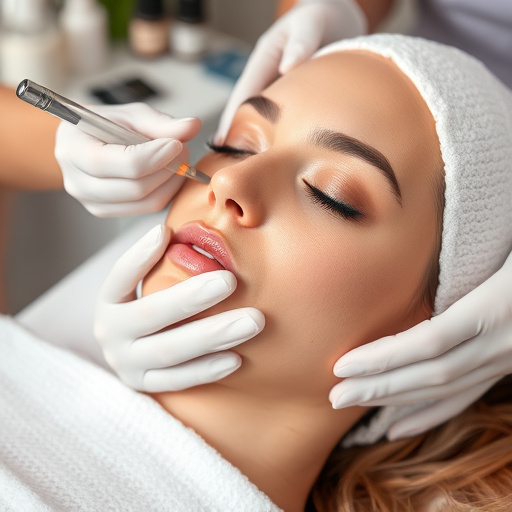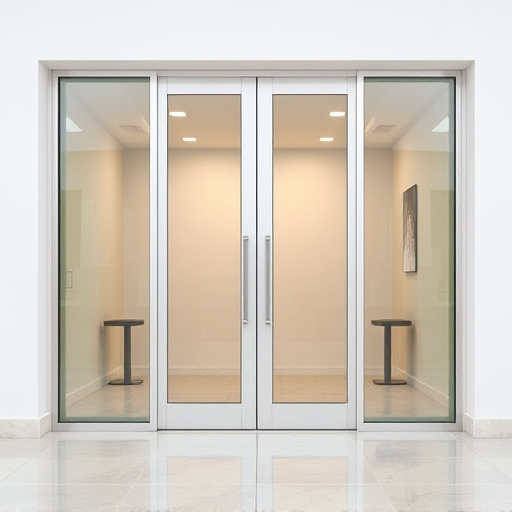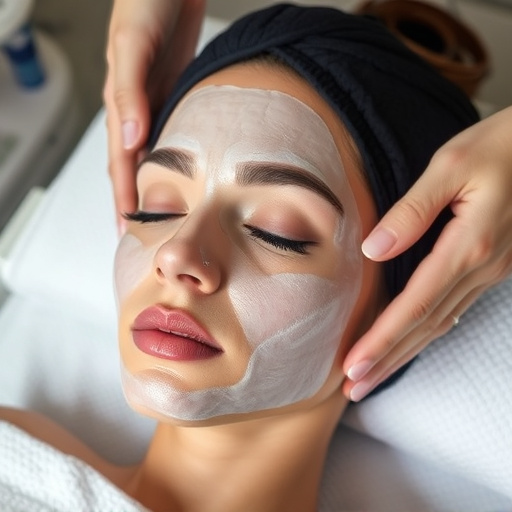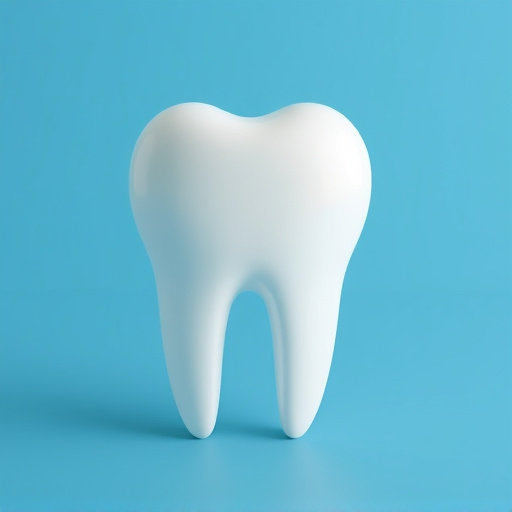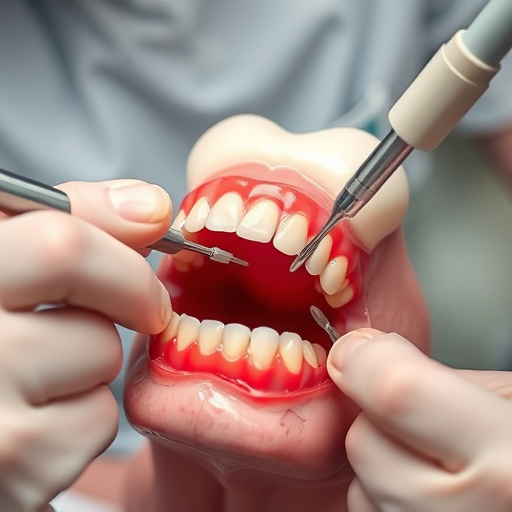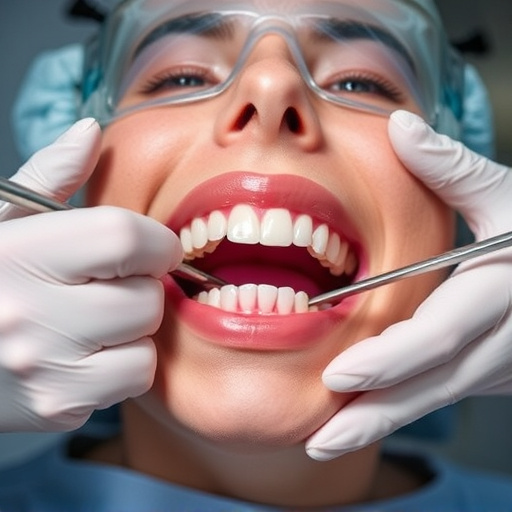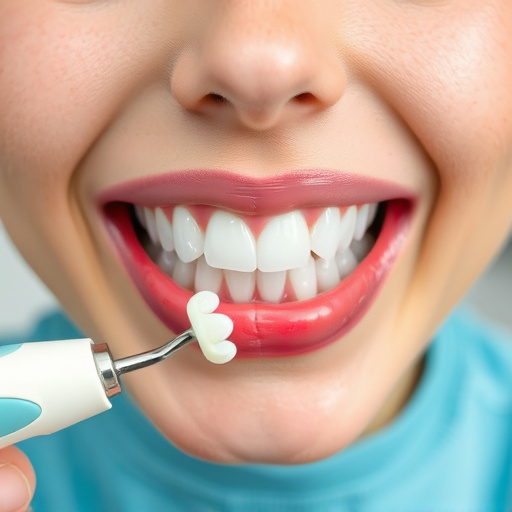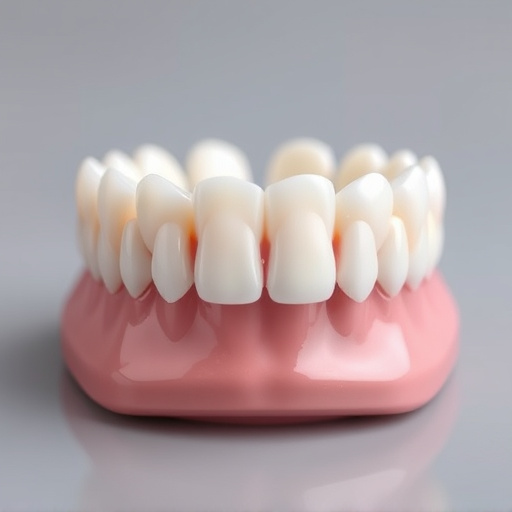Teeth grinding (bruxism) after orthodontic treatments like braces or clear aligner trays can cause serious dental issues, including enamel wear, sensitivity, and damage to restored teeth. Effective management includes wearing a night guard while sleeping and practicing diligent oral hygiene under restorations. A custom-fitted night guard made from silicone or thermo-plastic elastomer is crucial for protecting teeth from bruxism, preventing wear and damage, and safeguarding investment in dental health. Regular inspection, cleaning, and mouthwash usage ensure optimal protection and maintain good hygiene.
Night guards are essential tools for managing teeth grinding (bruxism), especially after orthodontic treatment. This habit, common among those with aligned teeth, can lead to significant oral damage. A night guard, worn during sleep, acts as a physical barrier, protecting your smile from wear and tear. This article explores the impact of bruxism post-orthodontics, highlights the protective benefits of night guards, and provides practical tips for selecting and using them effectively.
- Understanding Teeth Grinding and Its Impact After Orthodontic Treatment
- The Role of a Night Guard in Protecting Your Smile
- Tips for Choosing and Using a Night Guard Effectively
Understanding Teeth Grinding and Its Impact After Orthodontic Treatment
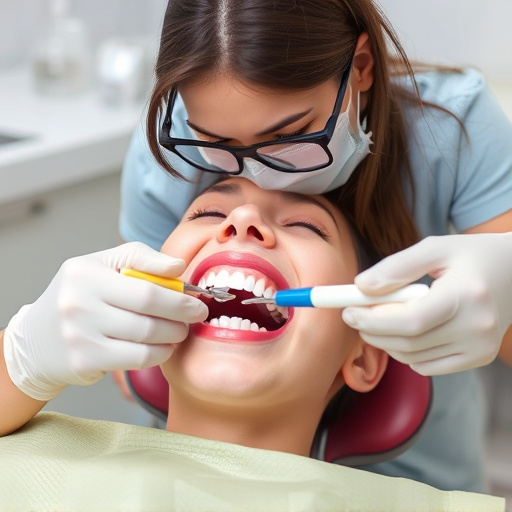
Teeth grinding, or bruxism, is a common issue that can arise after orthodontic treatment, such as wearing braces or clear aligner trays. Many patients continue to grind their teeth during and after the alignment process, often due to stress, anxiety, or simply as a habit. While it may not cause immediate damage, long-term tooth grinding can lead to significant dental issues. The constant pressure and friction can wear down tooth enamel, causing sensitivity, chips, or even cracks in the teeth. This is especially concerning for individuals who have invested in extensive tooth repair, like dental crowns, as these protective structures could be compromised.
Proper management of teeth grinding is crucial to prevent further damage and maintain oral health. One effective solution is wearing a night guard for grinding during sleep. This custom-fitted mouthguard protects the teeth from destructive forces, reducing wear and tear. In addition to protecting teeth, regular cleaning under and around dental crowns or other restorations is essential to preserve overall oral health. A thorough teeth cleaning routine, combined with a night guard, can ensure that orthodontic treatment results are maintained for years to come.
The Role of a Night Guard in Protecting Your Smile
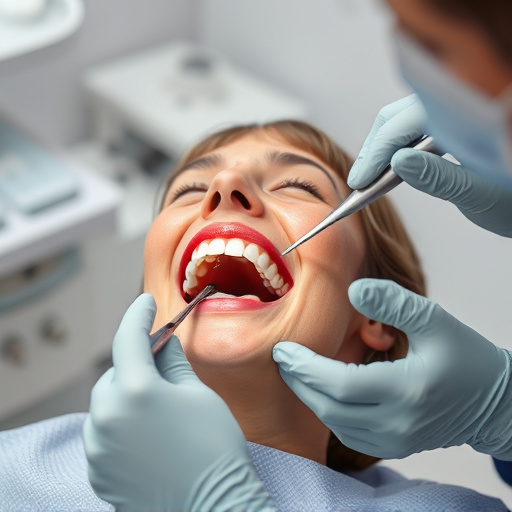
A night guard for grinding is a crucial tool in protective dentistry, especially after orthodontic treatments like those involving clear aligns or the fitting of dental crowns. During sleep, teeth can grind against each other, leading to wear and damage over time, particularly for those with braces or restored dental work. This process, known as bruxism, can result in chipped teeth, damaged fillings, and even tooth loss if left untreated.
A custom-fitted night guard acts as a physical barrier between your upper and lower teeth, preventing grinding and the subsequent wear and tear. By ensuring your teeth are protected while you sleep, it plays a vital role in preventive dentistry, safeguarding your smile investment made during orthodontic treatment and promoting long-term dental health.
Tips for Choosing and Using a Night Guard Effectively

When choosing a night guard for grinding, look for one made from comfortable, durable materials like silicone or thermo-plastic elastomer. This ensures it fits well and doesn’t cause discomfort during sleep. Custom-fitted guards are ideal as they contour to your teeth precisely, enhancing comfort and effectiveness in preventing tooth wear. Regularly check the guard’s condition; replace it if worn, frayed, or no longer fits properly to maintain optimal protection.
For effective use, wear the night guard consistently, especially during phases of orthodontic treatment or while recovering from dental procedures like tooth extractions or bonding. Avoid removing the guard for extended periods, as this increases the risk of grinding damage. Clean it thoroughly before and after each use with a soft toothbrush and mild toothpaste to maintain hygiene and ensure the guard remains in good condition. Consider using mouthwash to help keep your mouth fresh and reduce bad breath associated with wearing a night guard.
After orthodontic treatment, managing teeth grinding (bruxism) is crucial for maintaining your new smile. A night guard for grinding plays a vital role in protecting your teeth and gums from wear and damage caused by this common habit. By investing in a high-quality night guard and following effective usage tips, you can ensure your orthodontic investment lasts for years to come.



